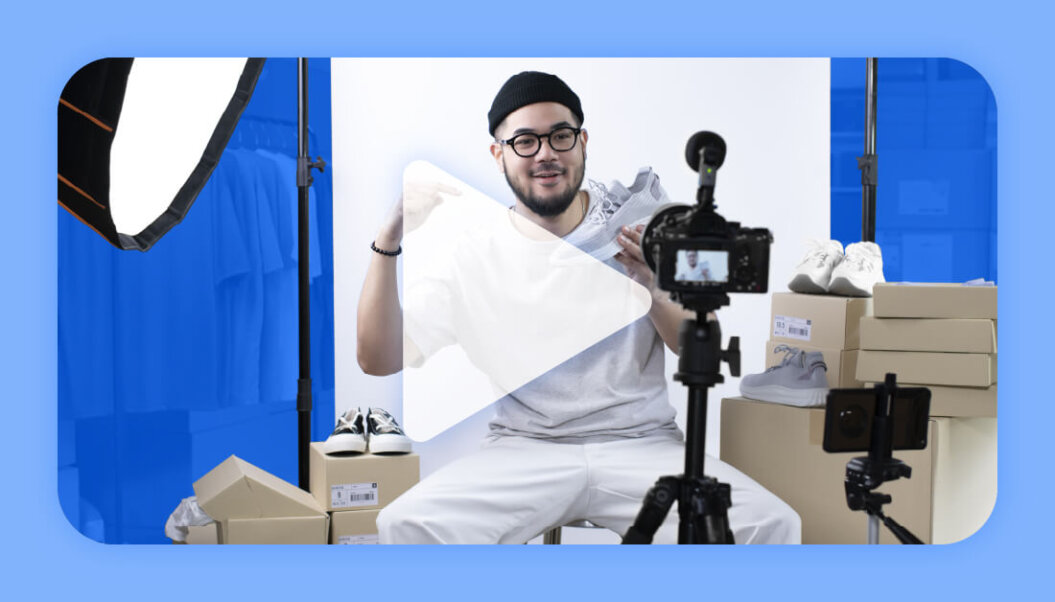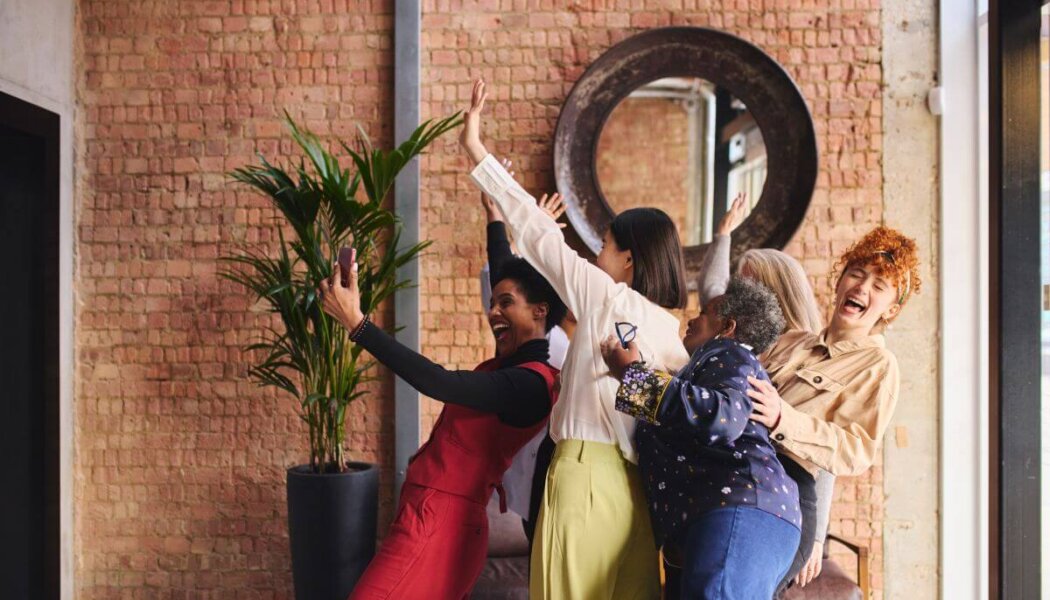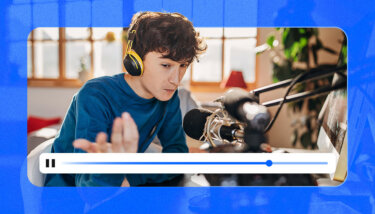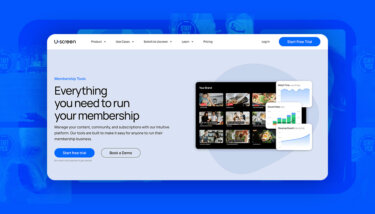If there’s one thing we’ve learned in more than a decade of supporting creators, it’s this: platforms change, and you will always feel the impact first.
We’ve been saying this for years, and it just keeps proving itself true. Every time a major platform shifts its algorithm, updates its monetization model, or changes how content is surfaced, creators are left to pick up the pieces.
And once again, we’re seeing it happen — this time with YouTube’s recent update to members-only videos, which suddenly changed how these videos appear in users’ main feeds. The change has left many creators frustrated, as their public content takes a back seat and their audiences feel the effects of yet another platform-driven decision.
At Uscreen, we’ve watched this cycle repeat itself across every major social platform, and it only reinforces the same message we’ve shared from day one: owning your audience isn’t optional anymore — it’s survival.
So, in this article, we’re revisiting a message that only gets more relevant with time. We’ll break down what’s happening on YouTube right now, why it’s yet another reminder that audience ownership matters more than ever, and the practical steps you can take today to start protecting yourself against these inevitable platform-servicing changes.
What’s going on with YouTube members only videos?
YouTube memberships are a hot topic right now because YouTube has changed the way these videos appear, surfacing them in users’ main feeds.
It used to be the case that to see or access members only videos on YouTube, a user would have to navigate to your YouTube membership tab to see what’s on offer. Now, members’ only videos are appearing in viewers’ main feeds, like this:
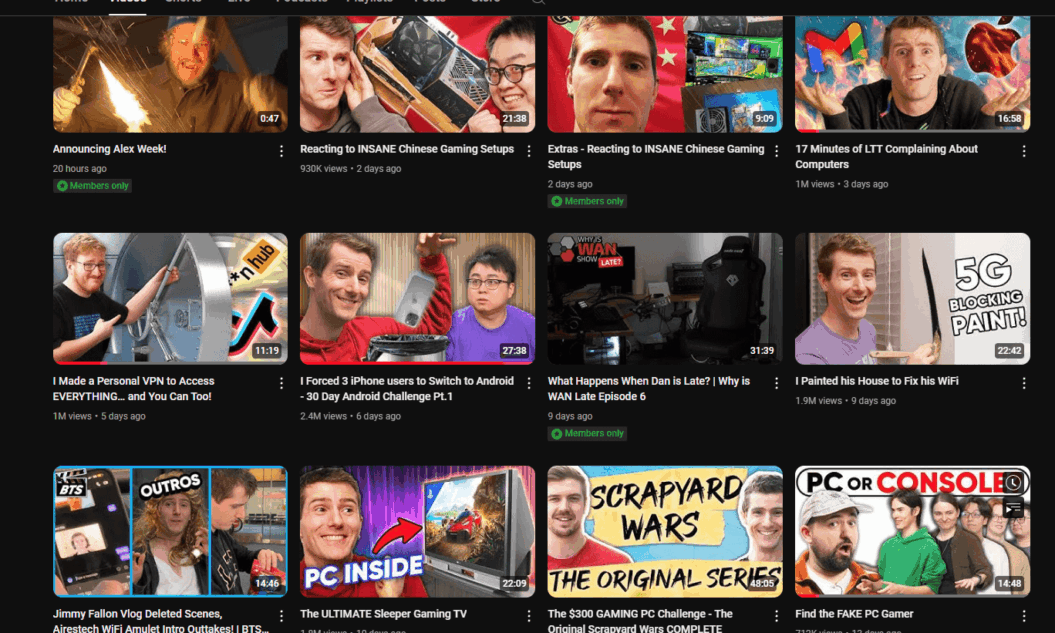
While it makes it easier for people to discover your paid membership, the downside is that users are being shown more and more videos that are hidden behind a paywall.
A few creators have spoken out about this and how it’s changing the user experience on YouTube for their subscribers, resulting in frustration and less visibility for their public videos.
Linus Tech Tips talked about it on his YouTube channel on October 7, highlighting that it makes YouTube hard to navigate when you’re being shown a lot of videos that you can’t watch, and that it’s creating friction between viewers and creators. He said in his video:
For every extra few bucks we’ve made from this extra promotion and spam, we’ve received a barrage of complaints from our viewers. It’s killing their interest in our channel.
Linus Tech Tips | Members Only Videos are a HUGE Problem on YouTube
Another video creator, Freakin’ Reviews, also shared that he’s gradually seen the views from his public videos go down in the past year while impressions (but not necessarily views) of his members’ only videos have had a huge increase:
July of 2025 I had like 350,000 impressions for my member videos only. That means that 350,000 people were getting annoyed by this “paywall content”, that they thought I had something to do with it. Not only that, but that’s 3 million impressions that my normal videos didn’t get, that YouTube didn’t serve to people.
Freakin’ Reviews | I’m Canceling Memberships Because YouTube RUINED Them!
As a result, they both decided to discontinue their paid YouTube memberships because of the negative impact of this algorithm change. Freakin’ Reviews voiced his disappointment that the original value of his membership space on YouTube had been lost, but it wasn’t worth maintaining when it disrupts the experience for his wider viewership.
The problem with “renting” your audience experience
When your content and audience live entirely on a third-party platform like YouTube, or Instagram, you’re not fully in control of what happens to it. Your audience on these platforms can only engage with you on that platform, and that is dictated by the features available on that same platform.
If they decide to deactivate their account or take a break from social media, you’ve lost them. Equally, if a platform changes things up in a way that its user base doesn’t like, this can negatively impact both you as a creator and your dedicated followers. This is exactly what happened recently on YouTube with members’ only videos, and why we’re reiterating this now.
Think about it, YouTube is a huge platform that hosts over 115 million YouTube channels. The way these channels are surfaced and reach viewers is always going to be down to YouTube itself. In other words, they own the experience, not you.
It’s a pattern we’ve seen for years across every major social platform. The truth is simple but easy to forget: platforms prioritize themselves — not the creators who power them. Our internal industry expert Amir shares his thoughts on how the consequences of this:
With privacy concerns and potential platform restrictions like the TikTok ban, creators are shifting from relying on “rented” platforms (social media) to building their own platforms. Owning an audience is becoming crucial for fostering loyalty and long-term engagement.
Let’s talk more about this using YouTube memberships as an example…
How start owning your audiences (without needing to quit the platforms you’re already on)
Owning your audience means having direct, independent access to the people who support you most — outside of any algorithm or platform policy.
That ownership doesn’t have to mean abandoning YouTube, or the social platform of your choice. In fact, YouTube can still play a key role in your funnel and brand discovery. It works like this:

But true ownership means having something that’s yours — a foundation no one else can take away.
So how do you make that happen?
How to gain ownership of your audience
Having ownership means being able to control how you communicate and interact with your audience.
Basically, it means that you can control how your audience gets to access your content and engage with you and your wider community in a meaningful way. You’re not going to wake up one day and find another algorithm change has dismantled the good thing you’ve built up.

Here are 4 ways to do this:
1. Build a direct channel (Email + SMS = Your audience backbone)
Owning your audience starts with direct access — no algorithm in between.
Email remains the most powerful and reliable way to do that, but it’s stronger when paired with SMS or push notifications. Treat your email list not as a newsletter tool, but as the core of your business. This is your database that connects every other platform together.
Use digital products and free downloads as list-building engines to build that database that you can reach out to time and time again.
Key takeaway: Your audience doesn’t truly belong to you until you can reach them directly, on your own terms — even if every social platform disappeared tomorrow.
2. Create a home base (Your platform or membership hub)
When you build your own platform, you’re not just protecting your income; you’re creating a space where your audience belongs with you, not behind someone else’s paywall.
This could be a membership site, online school, or branded app. The point is control — design, pricing, experience, and data all live under your roof.
This is something you have complete ownership over. You have a central place where your content and community live, which allows you to generate recurring revenue that isn’t dependent on ads and sponsorships. Nor can it be impacted by algorithm changes.
Check out these 8 successful membership examples for more inspiration.
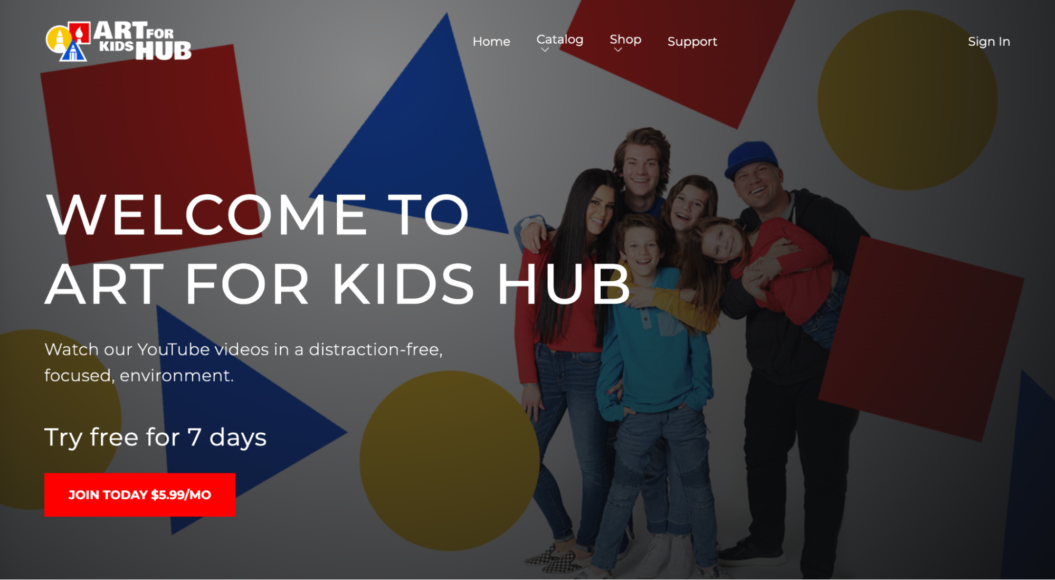
3. Use social platforms as discovery, not dependency
Use social media intentionally, as a way to grow your audience and let the right people find you. Every post should serve a purpose: to pull people towards your owned ecosystem (whether that’s your email, platform, or community).
Think of it as a funnel. Instead of posting to simply engage people on YouTube, TikTok or Instagram, think about what action you want them to take next.
Kylie, our expert on all things YouTube, sums this up in the video below:
Key takeaway: Grow on social, but own on your platform. The discovery engine is YouTube; the relationship engine is you.
4. Build a community, not just an audience
This is where your audience moves beyond “followers” to true “members.”
A loyal audience becomes resilient when they feel connected — to the creator and to each other. Make this happen by hosting discussion spaces, live streams, Q&As, or events that only happen on your own platform.
It’s a powerful way to build trust in a safe space, which Victoria from The Curve Investing Club talks about when chatting about the value their community brings to their members:
Direct messaging is crucial. Talking about money is intimidating, and many women feel like they’re ‘behind.’ Private DMs let them ask questions without sharing publicly, while still giving me the option to highlight great questions for the whole community. Over time, we’ve definitely seen members become more comfortable and supportive, commenting and engaging openly, but it mostly starts with that private channel.
Then, turn these members into advocates for your community through the exclusive access and the recognition they receive from being part of it.
It’s the difference between an algorithm-driven audience and a relationship-driven community.
To round this up…
When creators control their own communities, platforms have to work for them, not the other way around. But as long as creators rely exclusively on rented systems, they remain vulnerable to whatever comes next — new policies, monetization shifts, or disappearing features.
Owning your membership experience isn’t just about business resilience. It’s about creative freedom, long-term stability, and the ability to serve your audience without compromise.
Want to see more examples of what this looks like in practice? Check out our roundup of the 10 video creator trends in 2025
Use YouTube but don’t let it own you
YouTube is an incredible discovery engine. It’s where many creators start out and grow their audiences, but it shouldn’t be where your entire business lives.
As creator and industry coach Jade Beason puts it:
The amount of money I earn from my YouTube channel is only partly down to me. Yes, I need to create valuable content and yes I need to share it on a regular basis and that is completely in my control, but the other side is down to YouTube’s algorithm. And whilst I can optimize my videos the best I possibly can, there is a huge amount that is not within my control there, which means that my income can often be very inconsistent.
Many prominent creators like Jade use YouTube to attract and engage with a wider audience – people who relate to their content and want to keep coming back for more. The next step is to bring those fans into a space you own, where they can be part of a private community outside of YouTube, something that adds real value to their lives.
At the end of the day, the only sustainable way to build a creator business is to own it — not rent it. In short, grow your audience on YouTube and watch it thrive on your own platform. Your audience belongs with you, not behind someone else’s paywall.
75 Creator Economy Statistics for 2025: Growth, Income, & Platforms
